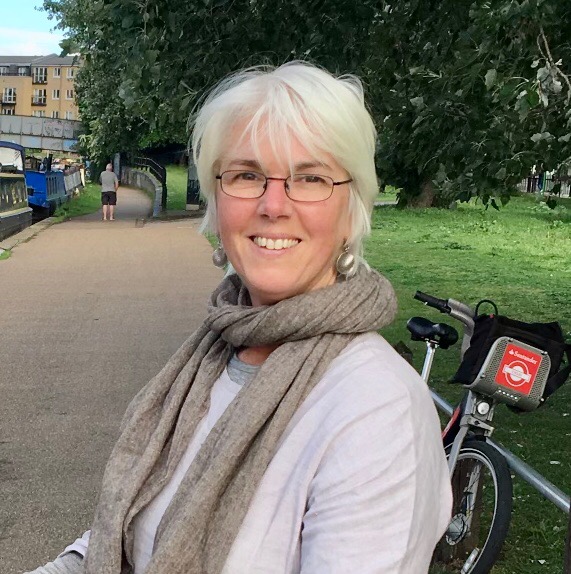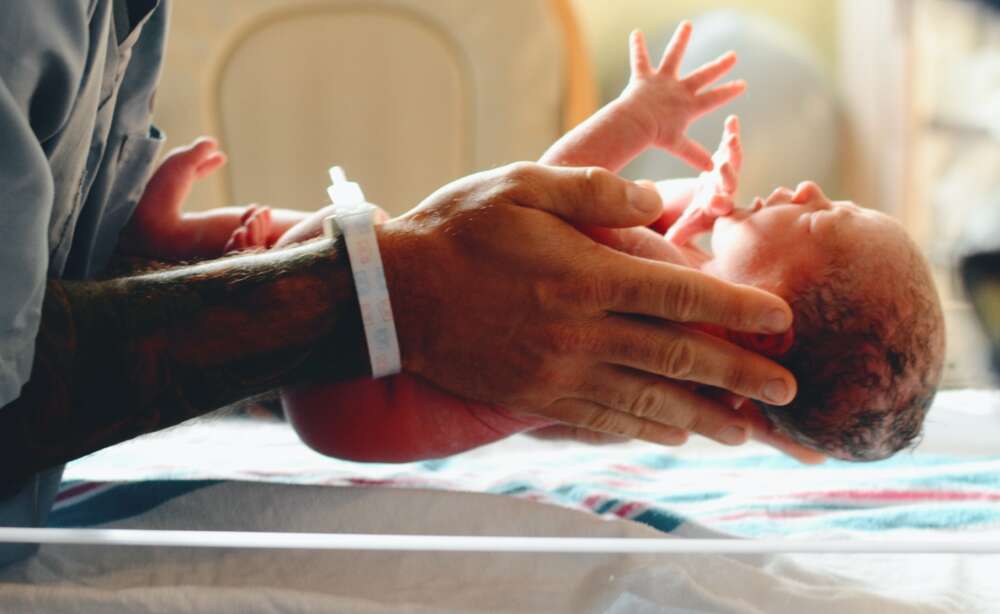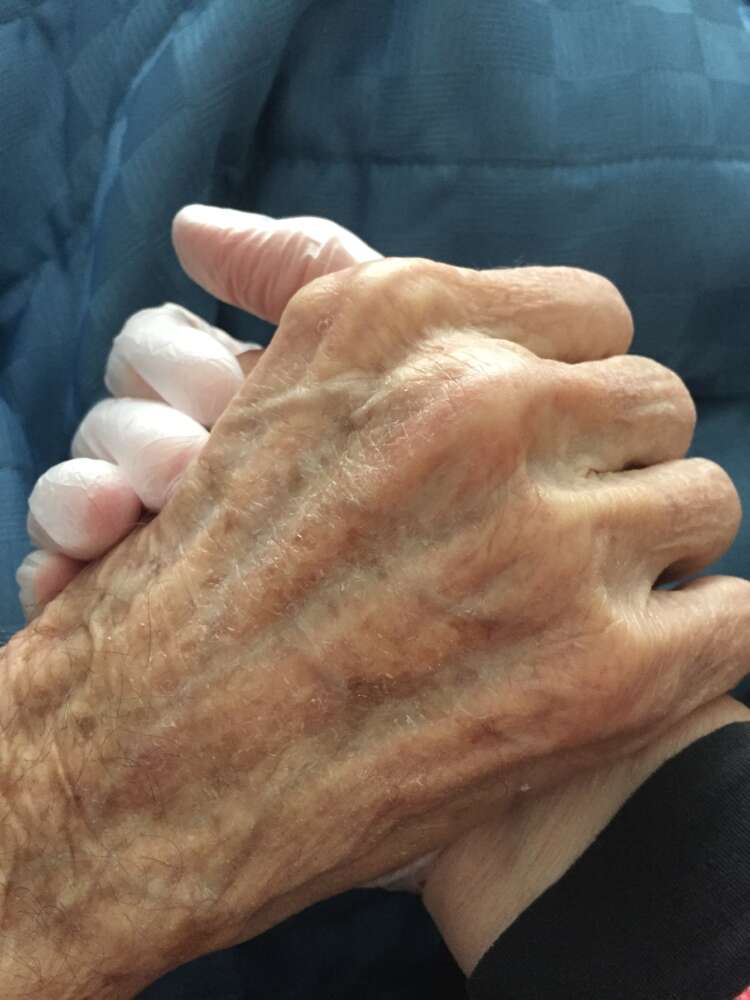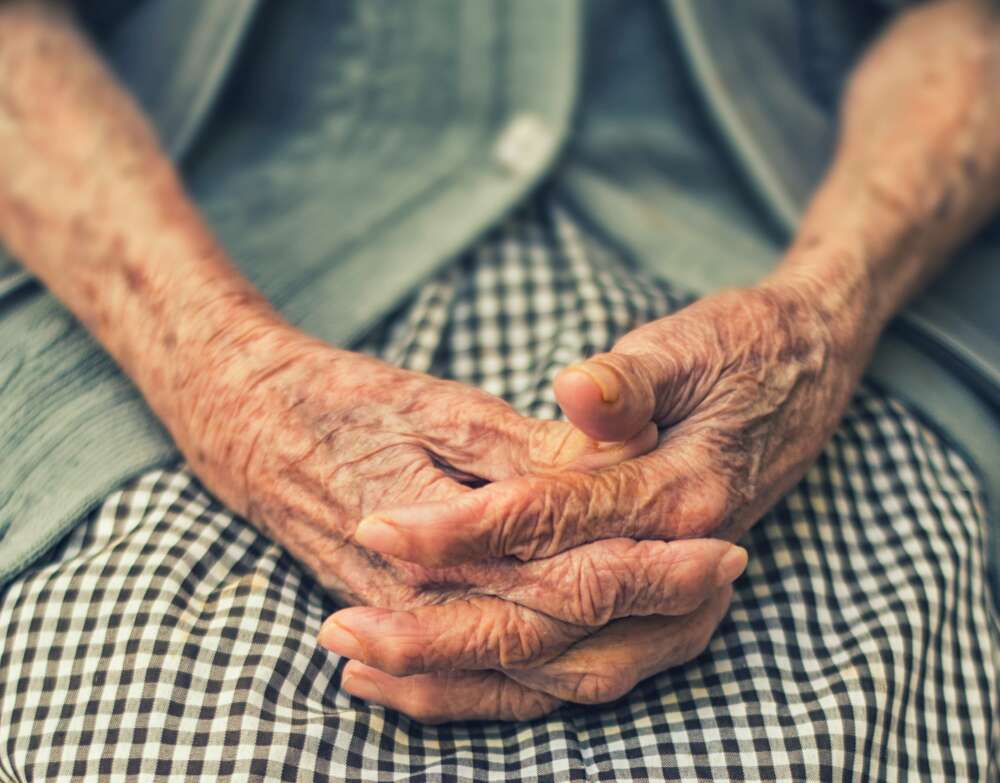By Julia Grieves

For anyone who’s been pregnant, especially for the first time, the looming reality of giving birth becomes an event etched into the calendar of one’s future.
For most however, unless undergoing a booked in C-section, there is no clear grasp of exactly when this event will occur, how it will unfold and what things will be like afterwards.
Interestingly, for many of us, death is not so different.
Birth and death are the thresholds of life.
Often we know when a person’s death is approaching, yet similarly, when and how it will look remain largely outside of our grasp. Even for the seemingly most considered and watertight birth or death plan, many come to encounter a reality that is different.
For Pippa White, birth and death are the thresholds of life. As a palliative care nurse, and someone who has simultaneously had a long-term interest in both home birth and home death, the processes of coming into and exiting the world carry some distinctly unique qualities – and parallels.
“We all know about the processes of birth – the different stages you go through, it’s very clear. But the same goes for dying as well. It seems to me there is a sequence that happens, a labouring process that is happening in the dying,” Pippa explains.
“There is consciousness that is there, that is very different to the consciousness between you and I now,” she says.
“The communication that is going on is a different type of communication. To read the signs is not easy because everyone is different but there are certain indications there.”
But for Pippa, there seems to be an interest in the particular quality of the processes, whether it is in birth or death.

Intense love surrounds both birth and death.

“In my experience, I find that the energy is very similar in the room. It’s very hard to describe, both of them are mysteries really but the sense that I get is that it’s the closest point in an earthly way of touching the spiritual realms.
“I know that probably sounds a bit airy fairy but you get this incredibly intense feeling of love around both birth and death. And even though there’s grief around death, there’s this incredible love and beauty around that time as well. There is this feeling of something other than our material world. I can’t really describe it, because it is a mystery and it’s not something I fully understand.”
Pippa was sixteen when she became interested in home birth and started going to regular home birth meetings, familiarising herself with the work of Dr John Stevenson and just wanting to be around people working in the field.
It was only much later in life, after the death of her mother, that Pippa was drawn to study and then work as a palliative nurse. In a journey that commenced with hospital palliative care work, followed by work with cancer patients at a holistic doctor’s practice, Pippa ended up back in people’s homes, supporting her patients at the end stages of life when they were no longer able to visit the clinic.
Pippa now works freelance as a palliative care nurse, working with patients who choose to die at home. One of the reasons Pippa has chosen to do home care work is the importance she places on informing patients of their choice around how they want to engage with their own process of dying. She sees this as particularly relevant in the context of a medical model that views the administering of sedative drugs like morphine and midazolam as standard practice.
“A lot of the people I work with want to be conscious when they die. They want to be there for the experience, they don’t want to be bombed out.
“I’ve been with people who have been quite agitated through their dying time but they have been able to work with that agitation. It’s a bit like birth really. If you consciously go into birth and you don’t want to have pain relief, it’s hard work and it’s painful. I’m not against using drugs, they have their place too, but there are real gifts, if it’s possible, in doing it without intervention”.

I ask Pippa if her long-term interest in home birth and palliative care have changed her views of what there is, or if there is, something before or after. She shares that she doesn’t know what happens before birth or after death, yet simultaneously knows that there is a beyond.
“I guess the main thing for me is that I don’t feel afraid of dying, I feel much more accepting of spiritual reality. And death as being a part of life. But beyond that, I’m a very feet-on-the-ground kind of a person. I hear lots of people being very sure about what happens after you die and before you enter into this earthly plane. I can’t say that I know, I don’t know, apart from feeling certain that there is something else”
Despite her years of work, Pippa remains fascinated by, even devoted to, the mysteries of birth and death. It’s as though getting closer to the edges of life brings with it a deep humbling; like catching a scent of something, and at the same time, not wanting to name what has been scented.
Perhaps effective preparation for birth or death calls for these thresholds being less removed from our collective reality well before we are grappling with them in our own personal calendar.
Other writing on this subject.
Others have discussed the spiritual dimension around death. See Margaret Rice’s interview with Michael Barbato, There is no such things as unconscious.
Even someone with dementia can be involved in discussions about the end of their life. See our article on this Advance care planning and dementia patients.
Margaret Rice explores in detail the processes around dying in A Good Death: a compassionate and practical guide to prepare for the end of life.
